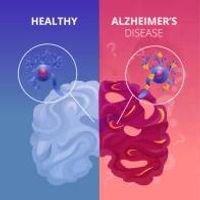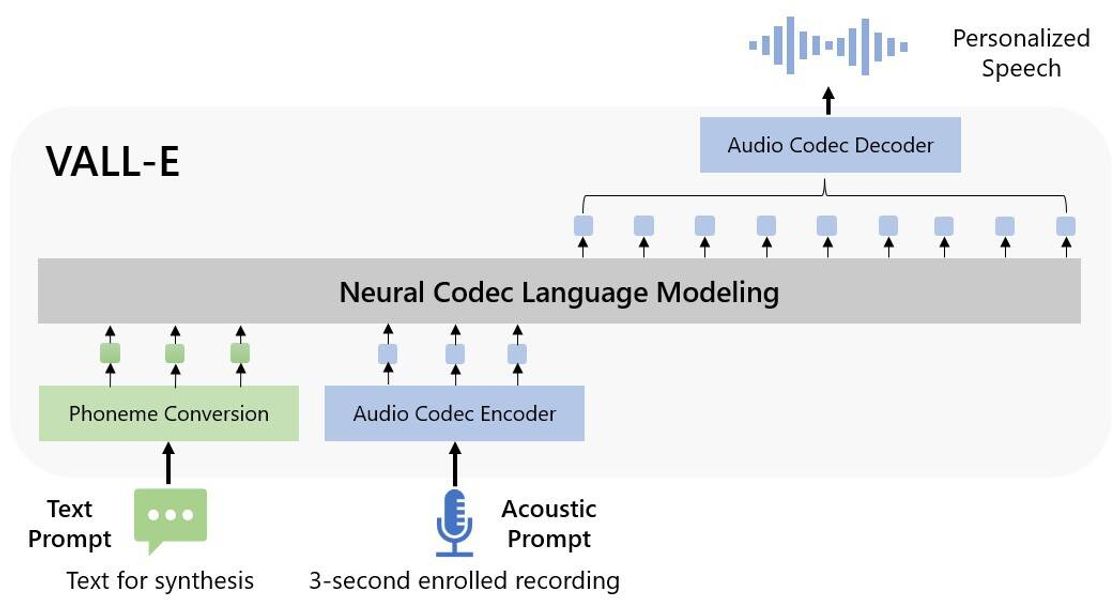

ContentKing is a revolutionary web content quality checker that leverages the power of artificial intelligence to help you detect, prevent and fix SEO issues. It offers a unique solution for businesses and website owners who want to improve their online visibility and ensure that their content meets the highest standards of quality. With ContentKing, you can keep track of your website's performance and take proactive steps to optimize your content for search engines. Whether you're a seasoned SEO professional or just starting out, ContentKing is the perfect tool to help you stay ahead of the competition and achieve your online goals.
BERT-base is an advanced AI language processing model that has revolutionized the field of natural language processing (NLP). The Bidirectional Encoder Representations from Transformers (BERT) technology enables complex tasks, such as question answering and language inference, to be performed with exceptional accuracy. This cutting-edge tool has transformed the way we analyze and understand human language, making it an indispensable asset for businesses, researchers, and developers alike.
Language Understanding (LUIS) is a cutting-edge natural language processing (NLP) service developed by Microsoft. With the help of artificial intelligence (AI), LUIS can understand and interpret human language, making it an essential tool for businesses and developers looking to create intelligent applications that can interact with users in a more natural way. In this article, we will explore the features and capabilities of LUIS, and how this innovative technology is transforming the way we communicate with machines.
Dialogflow Fulfillment is a powerful webhook-based library that allows developers to define callbacks for intentions and entities. With this innovative tool, developers can easily create chatbots and virtual assistants that can handle complex conversations with ease. By leveraging Dialogflow Fulfillment, users can implement custom business logic, integrate with external APIs, and build intelligent conversational interfaces that are both engaging and efficient. Whether you're building a chatbot for customer support or a virtual assistant for your enterprise, Dialogflow Fulfillment is the perfect solution to help you achieve your goals.
Cognitive Toolkit is an advanced and user-friendly AI toolkit designed for researchers, developers, and data scientists. This toolkit offers a comprehensive set of tools and algorithms that enable users to develop and train neural networks efficiently. With its powerful features, the Cognitive Toolkit allows users to work on complex projects and solve challenging problems with ease. It is a cutting-edge solution that can significantly enhance the productivity and performance of professionals in the field of artificial intelligence. In this article, we will explore the features and benefits of the Cognitive Toolkit and how it can help researchers, developers, and data scientists achieve their goals.
Intel AI is a powerful platform that offers developers the tools, resources, and documentation required to build AI-powered applications with Intel's advanced hardware. The platform caters to the needs of developers by providing them with the necessary infrastructure to design, develop, and deploy AI-based solutions. Intel AI serves as a one-stop-shop for developers looking to leverage the latest technological advancements in the field of artificial intelligence. This platform has emerged as a game-changer in the industry, helping developers create intelligent applications that can revolutionize the way we interact with technology.

Shutterstock.AI (Upcoming)
AI Image Generator | Instant Text to Image | Shutterstock

QuickBooks
QuickBooks®: Official Site | Smart Tools. Better Business.

GPT-3 Alzheimer
Predicting dementia from spontaneous speech using large language models | PLOS Digital Health

Playground AI
AI-Generated Music

Nvidia Omniverse Avatar
Omniverse Avatar Cloud Engine (ACE) | NVIDIA Developer

NeevaAI
The Future of Search

TwitterBio
AI Twitter Bio Generator – Vercel

VALL-E
Robotics and AI for Manufacturing
The field of neurotechnology has made remarkable advancements in recent years, particularly in the area of face recognition and biometric identification technologies. With the increasing demand for security and surveillance measures, these technologies have become a crucial tool to identify individuals accurately and efficiently. Face recognition technology uses artificial intelligence algorithms to analyze facial features and match them against a database of known identities. Biometric identification technologies, on the other hand, include fingerprint, iris, and voice recognition systems that use unique physical or behavioral traits to identify people. These advanced technologies are being used in various fields, from law enforcement and border control to banking and healthcare. However, as with any emerging technology, there are concerns about privacy and ethics associated with these technologies. This paper will explore the current state of neurotechnology-based face recognition and biometric identification technologies, their applications, benefits, drawbacks, and potential implications for privacy and security.
Neurotechnology refers to the use of technology to better understand and manipulate the brain and nervous system.
Face recognition technology uses algorithms to analyze and identify specific facial features, such as the distance between the eyes or the shape of the nose, in order to match a face with a known identity.
Biometric identification uses unique physical characteristics, such as fingerprints, iris patterns, or facial features, to identify individuals.
Yes, neurotechnology can be used for security purposes, such as in facial recognition technology or biometric identification systems.
Yes, there are concerns about privacy invasion and potential misuse of personal data collected through neurotechnology.
Yes, neurotechnology can be used for medical purposes, such as to diagnose and treat neurological disorders like epilepsy or Parkinson's disease.
The accuracy of face recognition technology depends on factors such as lighting conditions, image quality, and the specific algorithm being used.
Biometric identification technology can be used for a variety of applications, such as border control, access control, or payment authentication.
Yes, neurotechnology can be used to enhance human performance in areas such as sports, education, or cognitive function.
Future developments in neurotechnology may include more advanced brain-computer interfaces, improved diagnostic tools for neurological disorders, and even the ability to upload human consciousness into computers.
| Competitor | Face Recognition Technology | Biometric Identification Technology | Difference |
|---|---|---|---|
| 3M Cogent | Yes | Yes | Specializes in biometric identification solutions for law enforcement and government agencies |
| Gemalto | Yes | Yes | Offers a wide range of biometric solutions including fingerprint, facial recognition, and iris recognition |
| IDEMIA | Yes | Yes | Offers multimodal biometric solutions including facial recognition, fingerprint, iris, and voice recognition |
| NEC Corporation | Yes | Yes | Offers advanced facial recognition technology with high accuracy rates and real-time detection capabilities |
| Suprema | Yes | Yes | Specializes in biometric access control solutions with facial recognition and fingerprint recognition technology |
Neurotechnology refers to the scientific study of the human brain and nervous system, and how it can be used to develop advanced technologies for various applications. One of the most prominent areas of neurotechnology is face recognition and biometric identification technologies.
Face recognition technology uses algorithms and artificial intelligence to identify individuals based on their facial features. This technology has gained significant attention in recent years due to its use in security systems, law enforcement, and other applications.
Biometric identification technologies, on the other hand, use various physical characteristics such as fingerprints, iris scans, and voice recognition to identify individuals. These technologies are commonly used in access control systems, banking, and healthcare applications.
However, the use of neurotechnology for face recognition and biometric identification has raised concerns about privacy and the potential misuse of personal data. As these technologies become more sophisticated and widely adopted, it is important to consider the ethical implications and ensure that they are used responsibly.
In addition, there are challenges in developing accurate and reliable face recognition and biometric identification technologies. Factors such as lighting, pose, and facial expressions can impact the accuracy of these systems, and there is a need for ongoing research and development to address these issues.
Overall, neurotechnology has the potential to revolutionize the way we identify and authenticate individuals, but it is important to approach these technologies with caution and prioritize ethical considerations.
TOP